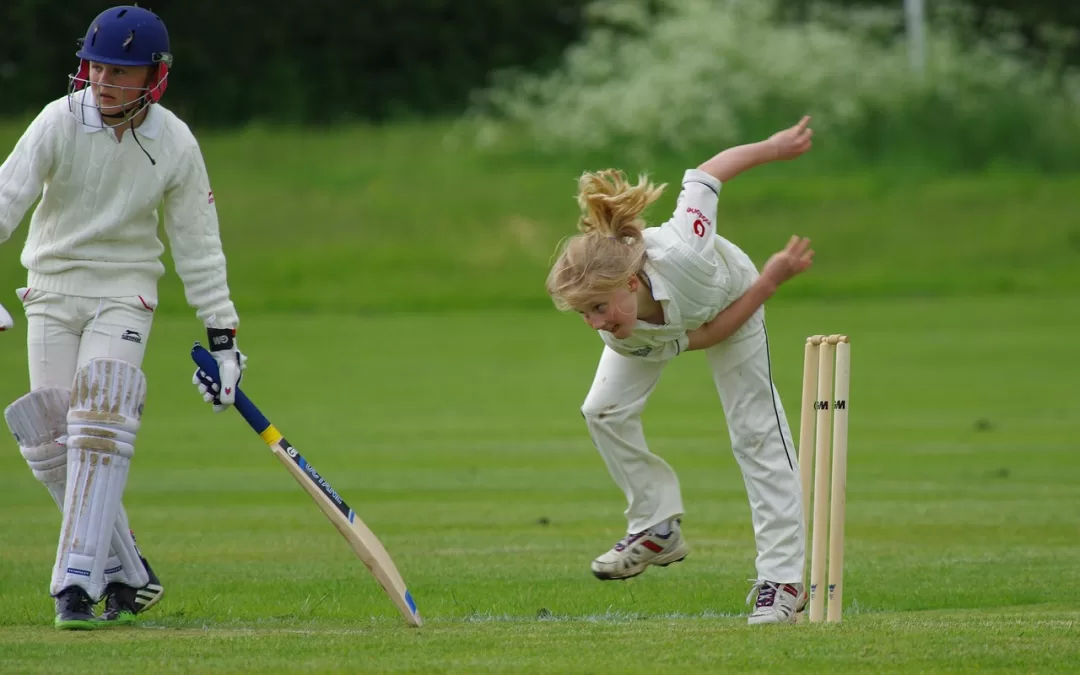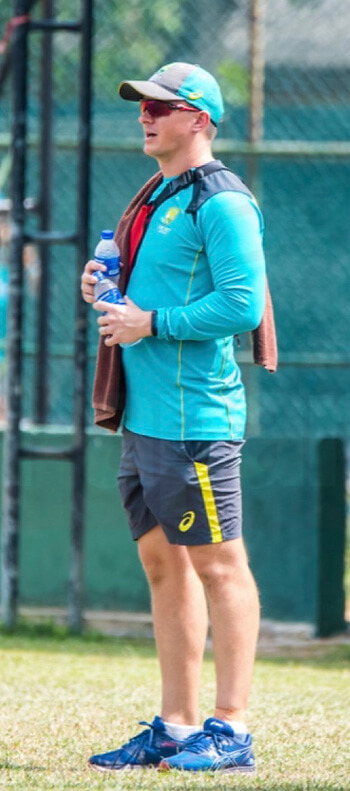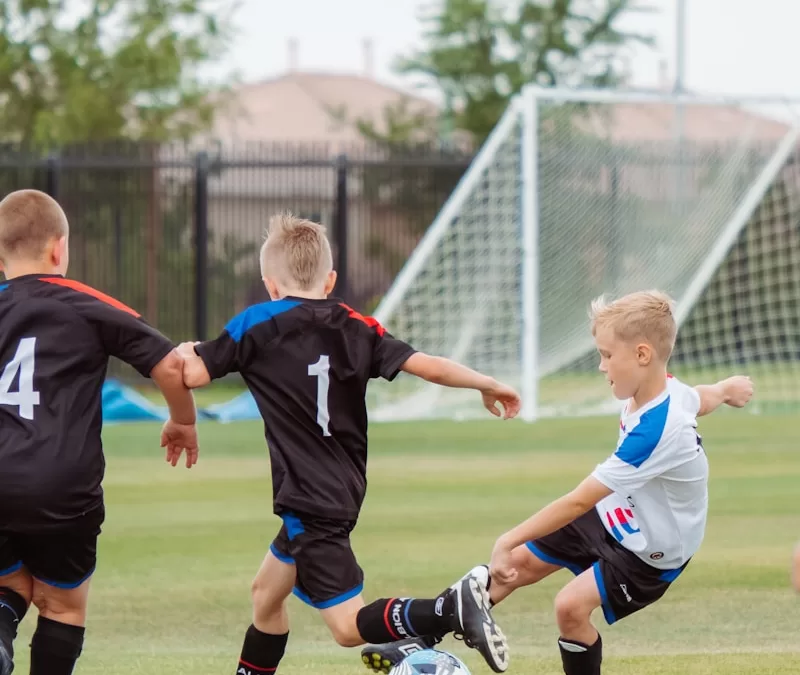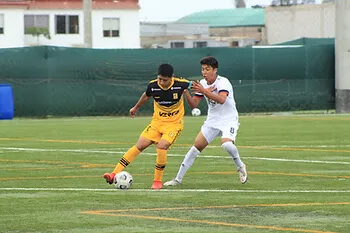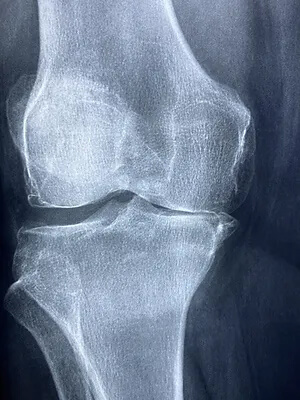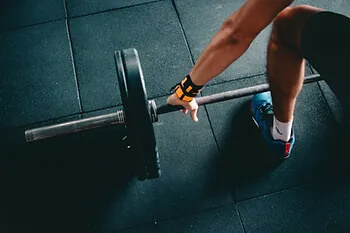
Unilateral vs Bilateral Training: Part 1 – Your Comparative Guide
We often get asked what are the benefits of one form of exercise versus another. Sometimes this is as simple as discussing the difference between cardio and weights. Today’s article focuses on the difference between a two types of gym based loading programs Bilateral vs Unilateral training. In Part 2, we delve more into some of what the evidence says regarding these modalities.
In general, strength training plays a pivotal role in athletic development, enhancing performance, preventing injuries, and promoting overall fitness. This is especially true for the injured population. As such, our Praxis physiotherapists will discuss with you how your rehabilitation plan will incorporate strength training.
When it comes to strength training though, two primary approaches are often employed: unilateral and bilateral training. Unilateral training focuses on exercises that isolate a single limb or side of the body, whereas bilateral training involves movements that engage both limbs simultaneously. This blog aims to contrast the benefits and drawbacks of unilateral and bilateral strength training methods, examining their impact on athletic performance and overall physical development.
Unilateral Strength Training
Unilateral strength training involves exercises that emphasize working one limb or side of the body independently. One of the significant advantages of unilateral training is its ability to identify and correct muscle imbalances. By targeting each limb separately, athletes can pinpoint weaknesses, imbalances, or asymmetries, and address them with specific exercises. Unilateral training also enhances proprioception and balance by requiring greater neuromuscular control. It activates stabilizer muscles and enhances coordination, which can lead to improved athletic performance and injury prevention.
Moreover, unilateral training allows for greater range of motion and flexibility development, as each limb can move freely without the restrictions imposed by bilateral movements. This can be particularly beneficial for athletes who need to improve mobility and functional strength in specific joints or muscle groups. Additionally, unilateral exercises offer sport-specific advantages by simulating movements that athletes encounter during competition, such as single-leg jumps in basketball, change of direction football or one-arm strokes in swimming.
However, unilateral training does have limitations. It generally requires more time and effort to complete a full-body workout due to the need to perform exercises separately for each limb. Additionally, unilateral exercises tend to involve lower weight loads, which may limit their potential for developing maximum strength.
Bilateral Strength Training
Bilateral strength training, on the other hand, focuses on exercises that engage both limbs simultaneously. One of the primary benefits of bilateral training is the ability to lift heavier weights. This can lead to significant gains in maximal strength and power, making it particularly advantageous for athletes involved in sports that require explosive movements, such as weightlifting or sprinting.

Bilateral exercises also promote increased overall muscle mass and hypertrophy due to the higher loading potential. By engaging multiple muscle groups simultaneously, bilateral training can provide a time-efficient method for achieving muscle growth and development. Additionally, the bilateral movements help improve intermuscular coordination, allowing athletes to transfer strength gains more effectively across various activities.
However, bilateral training may not address asymmetries or imbalances as effectively as unilateral training. In some cases, stronger limbs may compensate for weaker ones, perpetuating muscle imbalances and potentially increasing the risk of injury. Moreover, bilateral exercises may not fully translate to specific sport-related movements that often require unilateral actions.
In summary, both unilateral and bilateral strength training methods offer unique benefits and drawbacks for athletes. Unilateral training aids in identifying and correcting muscle imbalances, enhancing proprioception, and improving sport-specific movements. It is a valuable tool for injury prevention and rehabilitation. On the other hand, bilateral training allows athletes to lift heavier weights, develop overall muscle mass, and enhance intermuscular coordination. It is particularly effective for activities that demand explosive power. Ultimately, the choice between unilateral and bilateral training should be determined by an athlete’s specific needs, goals, and the demands of their respective sport. Further, an accurate assessment of any asymmetries that may be present helps to decide where to start. A well-rounded strength training program can incorporate elements of both methods to optimize performance and minimise the risk of injuries.
To read more about the specifics of athletic performance, read our Part 2 Blog.
To help with the genesis of a training program or to chat about your training your goals, book in with one of our knowledgeable Praxis physiotherapists. We are here to help!
Until next time,
Praxis What You Preach
Treatment Strategies
Physiotherapy plays a pivotal role in the management of Achilles tendinopathy. Treatment strategies focus on reducing pain, promoting healing, and improving function. These will include calf strengthening exercises, stretching routines and activity modification as frontline options. Moreover, physiotherapists can guide patients in proper footwear selection, gait retraining, and implementing preventive measures to minimize the risk of reinjury.
Rehabilitation and Prevention
Rehabilitation programs are essential for individuals recovering from Achilles tendinopathy. Gradual progression of exercise intensity, functional training, and sport-specific drills enable patients to regain strength, flexibility, and proprioception while minimizing the risk of relapse. Educating patients on proper warm-up and cool-down routines, appropriate footwear selection, and regular monitoring of training loads can significantly contribute to preventing Achilles tendinopathy in the future. One of the common errors patients make is making rehabilitation too easy, or returning to sport too quickly. Again, physiotherapy play a pivotal role in ensuring you undertake a graduated return to loading as the application of mechanical stress to the Achilles tendon promotes tendon healing and remodeling.
Conclusion
Achilles tendinopathy requires a comprehensive approach for effective management. As physiotherapists, our knowledge and expertise are invaluable in helping you overcome this condition and return to their active lifestyles. To discuss your Achilles issues with us to get you back to what you love doing, book online with Praxis today.
Until next time, Praxis What Your Preach.
Team Praxis


